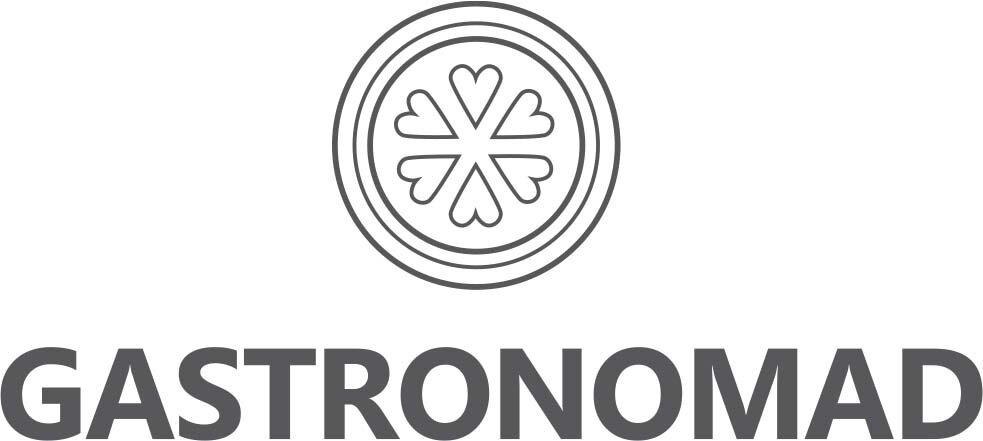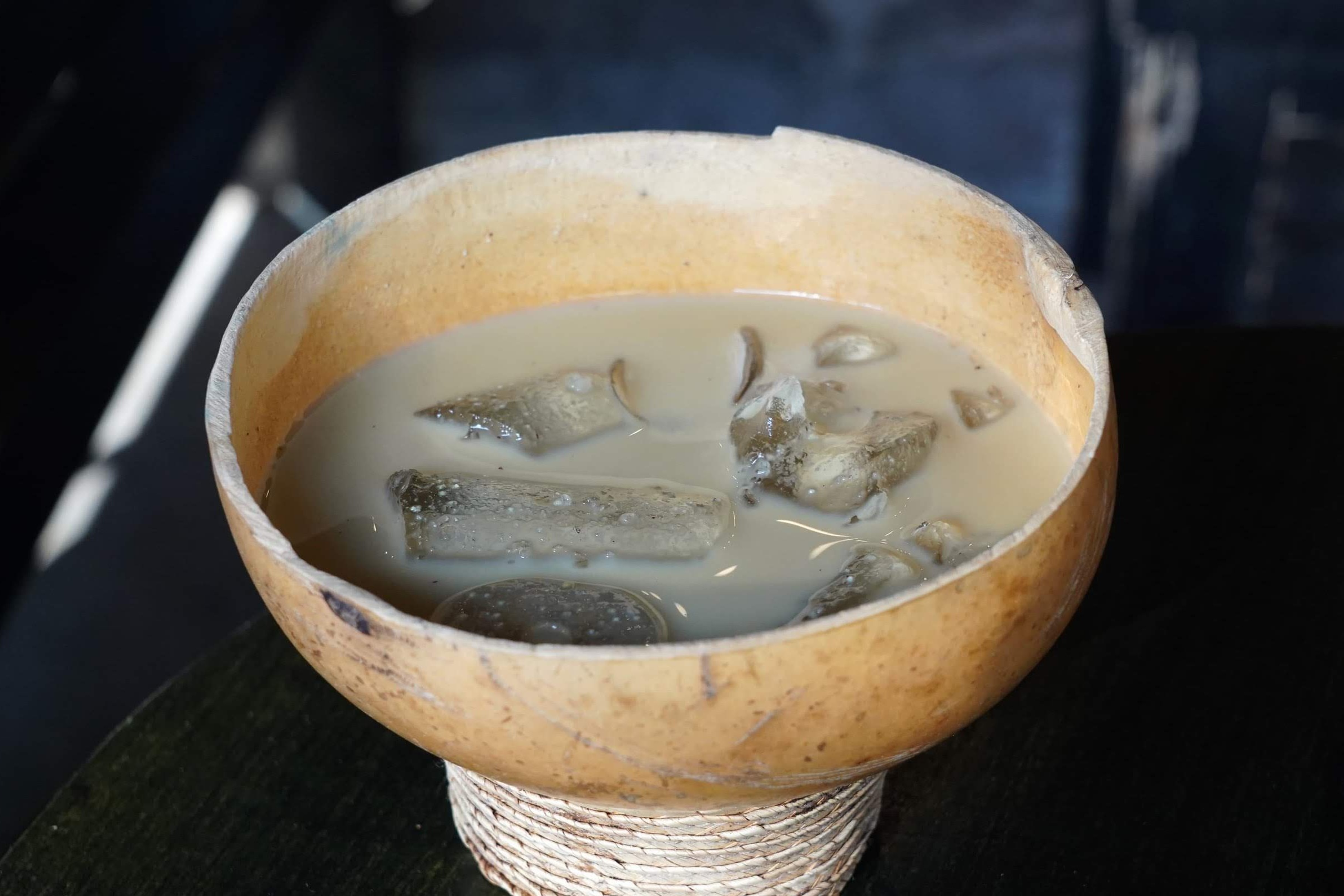The L.A. Times food section wrote a fun but misleading fluff piece about horchata under the headline "Stop putting dairy in your horchata."
Cooking Columnist Ben Mims observed that most of the horchata available in L.A. contains dairy -- often canned evaporated milk.
By milk-shaming horchata, Mims implies that the historic and ongoing evolution of horchata, innovation should have stopped with the Mexican innovation of basing it on rice, rather than tiger nut.
He focuses somewhat chauvinistically on the false idea that Mexico is somehow the epicenter and therefore arbiter of global and historic horchata, and mentions in passing that other places happen to have their deviant varieties -- for example, (with false equivalence) he says, the Spanish make horchata from tiger nut and Salvadorans make it using morro, sesame seeds and pumpkin seeds. And he points to rice-based but flavored regional Mexican varieties, some of which use condensed milk.
Mims also disparages the addition of milk as a kind of cheat, a lazy way to achieve creaminess in rice-based horchata.
But this perspective is misleading.
The truth is that horchata has a long history, and every culture that embrace it made it their own.
Horchata began as a drink made from a weed in Africa and the Americas. The plant is called cyperus esculentusk by the scientists, and colloquially chufa sedge, chufa nut, nut grass, yellow nutsedge, tiger nut sedge, tiger nut, edible galingale, water grass or earth almond.
Plants in the tiger nut family were used as a food source by Native Americans, Africans and others at least 9,000 years ago. But where did the orchata Mims is drinking in L.A. come from?
Americans got horchata from Mexico.
Mexico got it from Spain.
Spain got it from Valencia.
Valencia got it from North African Muslims (the "Moors").
The “Moors” got it from Egypt.
The Egyptians got it from sub-Saharan Africans.
They still drink it in West Africa, where it's usually known as kunnu aya.
(Our word "horchata" comes from the Valencian word "orxata." Because of New World bastardizations, the Valencians now call it "horchata de chufa" to differentiate the newer innovations.)
Everybody changed it. The Moors or Valencians probably added sugar and cinnamon to the tiger nut drink.
Mexicans and Central Americans made it without tiger nut (opting instead for rice, morrow and other ingredients).
Various countries like Puerto Rico and Venezuela added sesame seeds.
Ecuador makes pink horchata using flowers and herbs.
And both Mexicans and Americans started adding milk and other ingredients and flavorings.
Of all the changes made to this African drink by Europeans and Americans, by far the biggest "bastardization" wasn't the milk, but the rice.
In fact, it's reasonable to suggest that any drink not containing tiger nut isn't even horchata, but something else entirely that is erroneously called horchata.
Regardless of nomenclature, horchata's journey is just like any other food's journey, traveling across geography, time and culture and evolving as it goes.
For the record, we've tasted horchata all over America, Mexico, Central America and Spain -- especially in Valencia -- and our favorite is Salvadoran horchata made with morro, which is flavored with cinnamon, nutmeg, coriander seeds and allspice. But we also try Mexico City’s best rice-based horchata (pictured) during our Mexico City Experience.
Either you believe that horchata is by definition made with tiger nut, or you believe that a drink called horchata can be made with any crazy thing, including milk.
The idea that "proper" horchata is made with rice but that the addition of milk is illegitimate is just ignorant and misleading.
Please try harder, L.A. Times.

